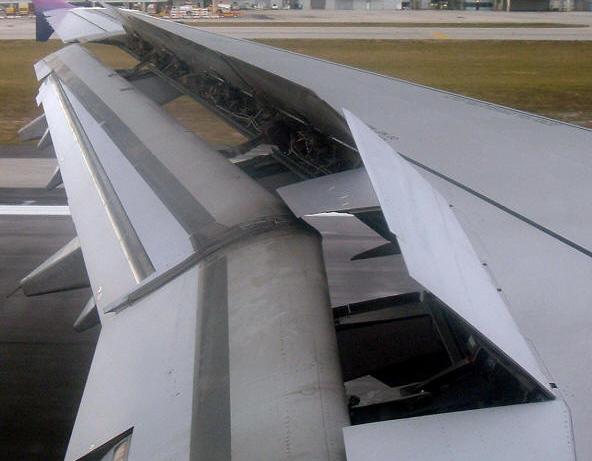
NEWSROOM
 |
NEWSROOM |
|
|
|
|
||||
|
By |
|||||
 |
December 16, 2010 -
BTS, a part of the Research and Innovative Technology Administration,
reported that the October FTE total of 379,800 for the scheduled
passenger carriers was 14,400 below October 2008 and the lowest total
for any month since 1993.
Six of the seven network airlines decreased employment from October 2008 to October 2009. Delta Air Lines was the lone network carrier to increase employment. Low-cost carriers Southwest Airlines, Spirit Airlines and Frontier Airlines also reported decreases from October 2008. |
||||
|
Regional carriers American Eagle Airlines, SkyWest Airlines, ExpressJet Airlines, Comair, Atlantic Southeast Airlines, Pinnacle Airlines, Horizon Air, Mesa Airlines, Air Wisconsin Airlines, Mesaba Airlines, PSA Airlines and Colgan Airlines also reported reduced employment levels compared to last year.
Scheduled passenger airline categories include network, low-cost,
regional and other airlines. The seven network airlines employed 259,000
FTEs in October, 68.2 percent of the passenger airline total, while
low-cost carriers employed 16.4 percent and regional carriers employed
13.7 percent. American Airlines
employed the most FTEs in October among the network airlines, Southwest
employed the most FTEs among low-cost airlines, and American Eagle
employed the most FTEs among regional airlines. Seven of the top 10
employers in the industry are network airlines.
Network Airlines:
FTEs at the group of seven network airlines decreased 2.8 percent in
October 2009 compared to October 2008, the 14th consecutive monthly
decrease from the same month of the previous year. The network airlines
employed almost 7,600 fewer FTEs in October 2009 than in October 2008.
|
|||||
|
FTEs at four network carriers declined during the four years from
October 2005 to October 2009. The network airlines employed 15,000 fewer
FTEs in October 2009 than in October 2005 even though America West's
numbers were not combined with US Airways in the network category until
October 2007.
Low-Cost Airlines:
Low-cost airline FTEs decreased 0.4 percent in October from October
2008. The decrease was the third following five months of increases.
Regional Airlines:
Regional airline FTEs were down 10.1 percent in October 2009 compared to
October 2008, the 14th consecutive month with a decline from the same
month of the previous year. Comair, down 50.8 percent, and Mesaba, down
33.3 percent, reported the largest decreases in the regional group.
Republic Airlines, up 35.0 percent; and GoJet Airlines, up 31.9 percent,
reported the largest increases in the group.
Regional carrier FTEs declined 9.1 percent from October 2005 to October
2009. The 15 regional carriers
reporting employment data in both 2005 and 2009 employed 0.8 percent
fewer FTEs in October 2009 than in October 2005.
Comair reported the largest percentage decline, down 58.8
percent, followed by PSA, down 41.1 percent, and Atlantic Southeast,
down 34.4 percent.
Airlines that operate at least one aircraft with the capacity to carry
combined passengers, cargo and fuel of 18,000 pounds ? the payload
factor ? must report monthly employment statistics. The Other Carrier
category generally reflects those airlines that operate within specific
niche markets, such as Continental Micronesia and Hawaiian Airlines
serving the Data are compiled from monthly reports filed with BTS by commercial air carriers as of Dec. 7. 2009 |
| ?AvStop Online Magazine Contact Us Return To News |
|